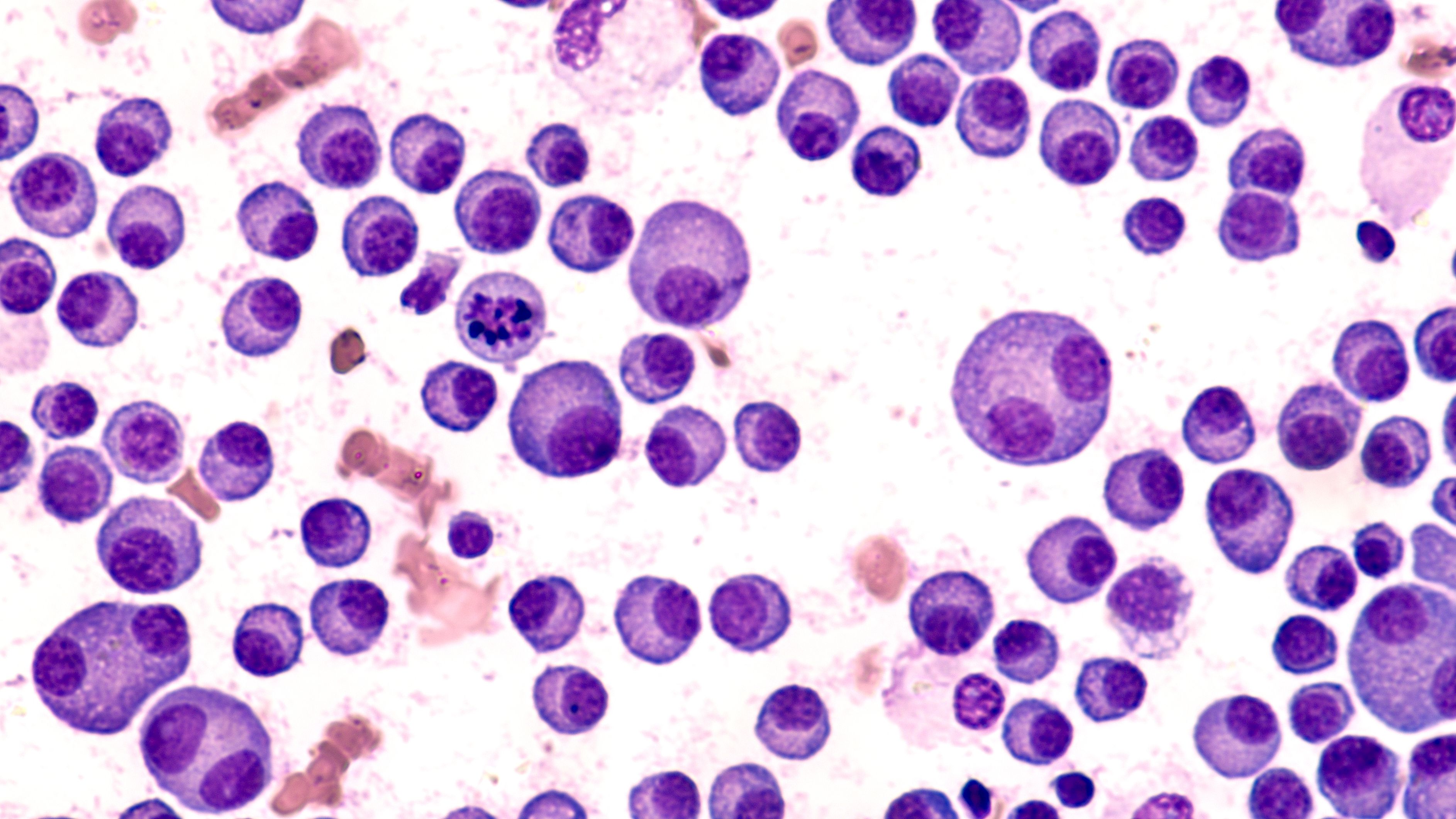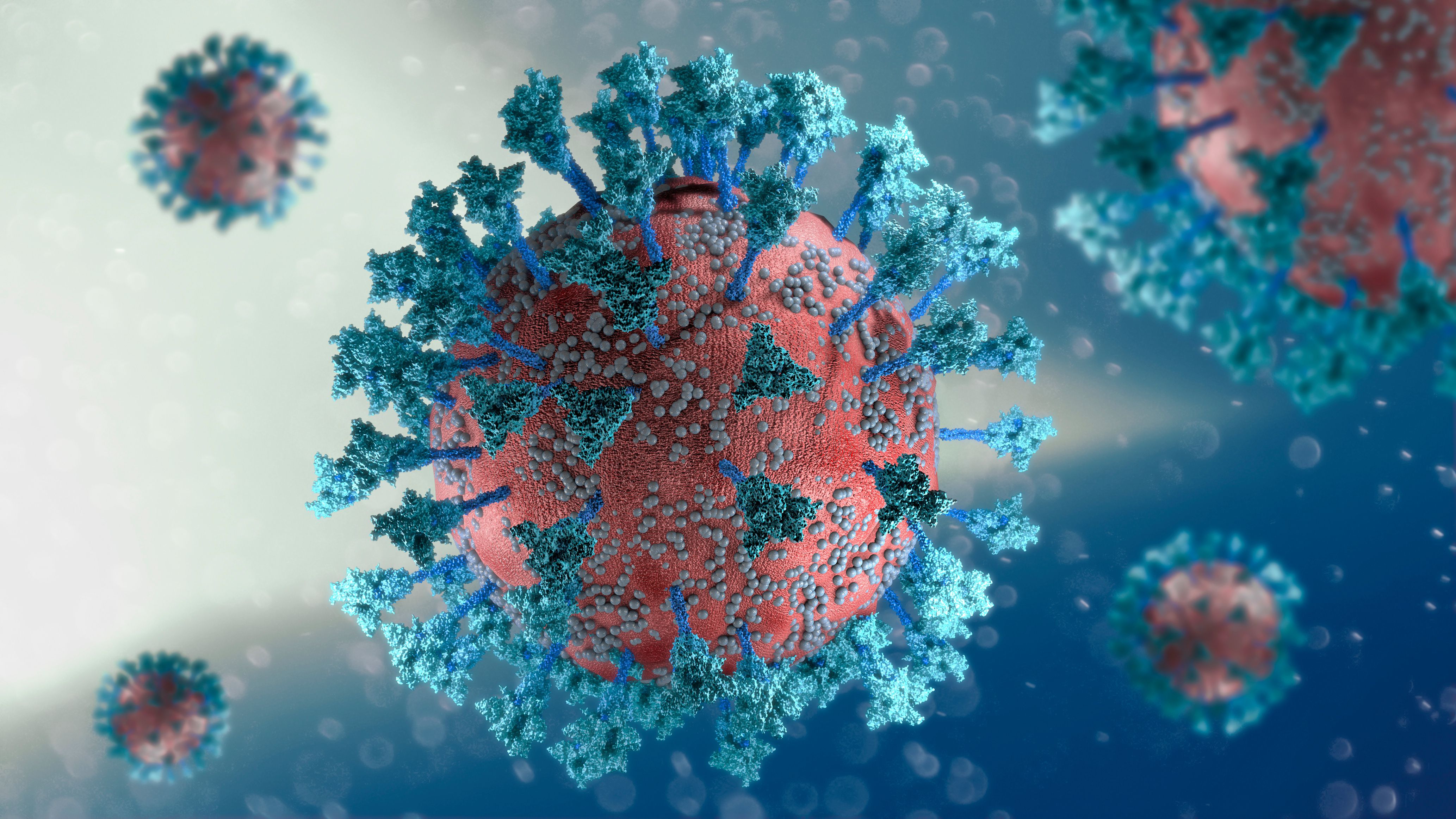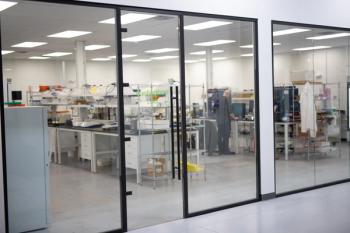
Researchers from Nanjing University of Chinese Medicine leveraged ultrahigh-pressure liquid chromatography coupled to quadrupole time-of-flight mass spectrometry (UHPLC–QTOF-MS) and network pharmacology to identify potential quality markers of three processed Qingpi products and elucidate their mechanism in liver disease treatment.






























